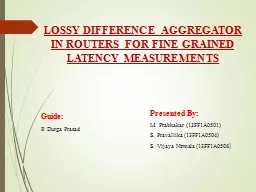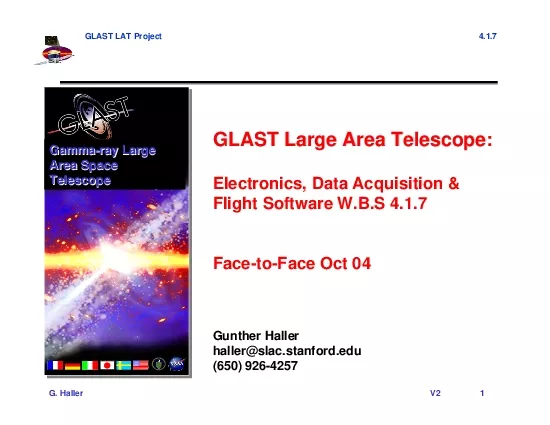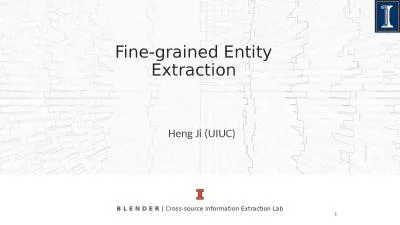PPT-LOSSY DIFFERENCE AGGREGATOR IN ROUTERS FOR FINE GRAINED LAT
Author : alida-meadow | Published Date : 2017-08-15
Guide P Durga Prasad Presented By M Prabhakar 13FF1A0501 S Pravallika 13FF1A0504 S Vijaya Nirmala 13FF1A0506 CONTENTS ABSTRACT INTRODUCTION EXISTING SYSTEM
Presentation Embed Code
Download Presentation
Download Presentation The PPT/PDF document "LOSSY DIFFERENCE AGGREGATOR IN ROUTERS F..." is the property of its rightful owner. Permission is granted to download and print the materials on this website for personal, non-commercial use only, and to display it on your personal computer provided you do not modify the materials and that you retain all copyright notices contained in the materials. By downloading content from our website, you accept the terms of this agreement.
LOSSY DIFFERENCE AGGREGATOR IN ROUTERS FOR FINE GRAINED LAT: Transcript
Download Rules Of Document
"LOSSY DIFFERENCE AGGREGATOR IN ROUTERS FOR FINE GRAINED LAT"The content belongs to its owner. You may download and print it for personal use, without modification, and keep all copyright notices. By downloading, you agree to these terms.
Related Documents














